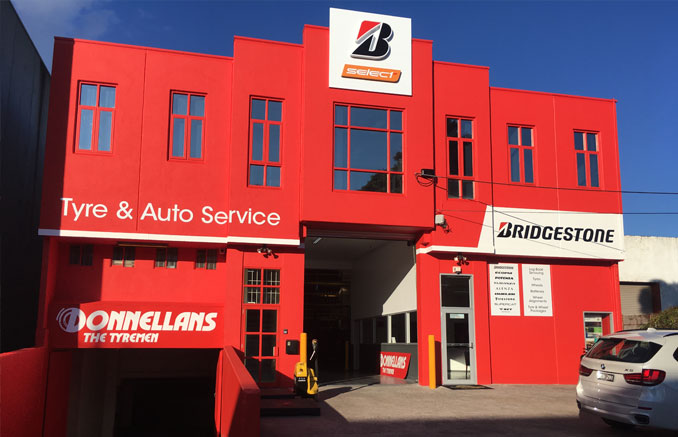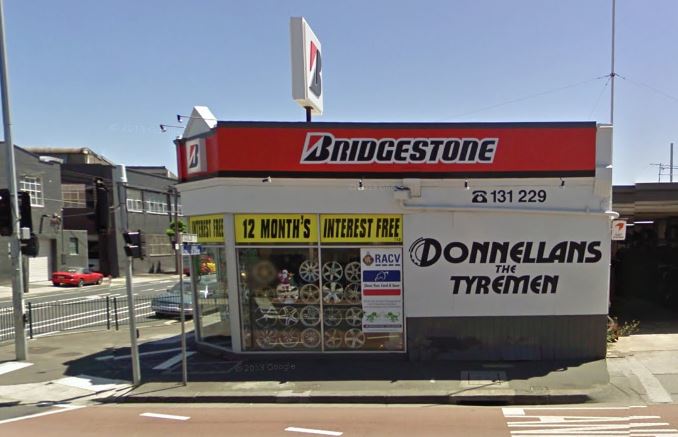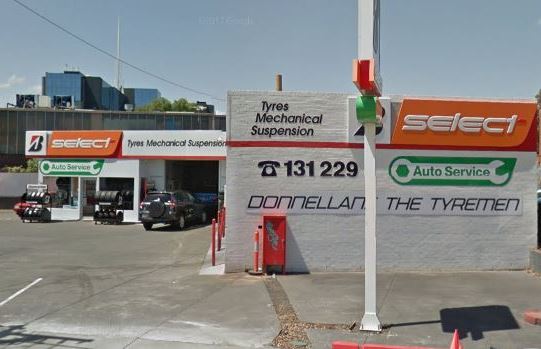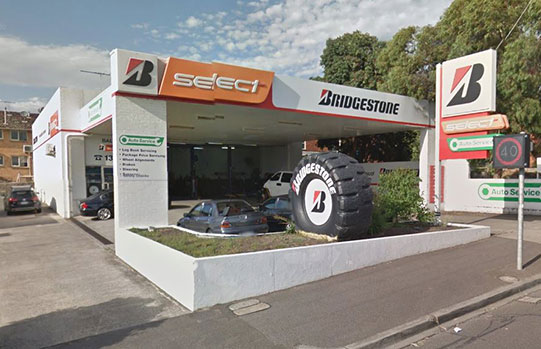Back to Latest News
What are tyres made from?
The short answer is: Rubber. But did you know that there is a lot of material and engineering that goes into even the cheapest of tyres?
Tyres have a pretty hard life, being subjected to millions of rotations over its lifespan (more on the maths later) under harsh conditions, impacts with curbs and road debris, temperature changes, exposure to UV sunlight, the list goes on and on.
What were tyres originally made from?
‘Tyres’ were originally made up from bands of leather or steel wrapped around wagon wheels. These increased the durability of the otherwise wooden wheels and allowed for improved stability on slippery surfaces.
The first air-filled or pneumatic tyres were originally designed for bicycles, before the realisation that air-filled tyres would be a perfect pairing with the new gasoline-powered vehicles of the late 1800s.
These early tyres were made with natural rubber, which is a milky, white colour. However natural rubber is very susceptible to UV damage, becoming hard, dry and brittle with air exposure as well as having poor abrasion resistance.

What makes up a modern tyre?
As alluded to earlier, the complex engineering behind modern tyres takes advantage of many different materials. Even the amounts of each material can make a tyre significantly different from one model to the next.
Natural Rubber:
Today, tyres are still made with some natural rubber. Natural rubber comes from rubber plantations and is made from the Amazonian rubber tree (Hevea brasiliensis). The South-East Asian countries of Malaysia, Indonesia, Sri Lanka, Vietnam, Thailand and India make up around 90% of the world’s natural rubber annually.
Natural rubber is excellent at handling repeated bending motions and is used on tyre sidewalls.
Synthetic Rubber:
Synthetic rubber is made from byproducts of the Petroleum industry. Synthetic rubber has many advantages over natural rubber, the main ones being resistance to thermal changes as well as chemical and oil resistance.
Synthetic butyl rubber is used to make an airtight inner later on the inside of the tyre. Over time, air molecules can slowly permeate the rubber liner and lead to loss of air pressure.
Carbon Black:
Carbon black is added to tyres and other rubber products to give tyres their universally accepted black colour. Carbon black accounts for around a quarter of a tyre’s weight. For electronically sensitive tasks, or use in hazardous environments, extra carbon black can be added to make tyres conductive and prevent static electricity buildup.
Reinforcement fibers:
Synthetic fibers made from rayon, nylon, polyester and aramid are used internally to help reinforce the tyre and avoid tearing or punctures while still allowing the tyre to flex.
The tyre carcass is essentially full of these fibers, arranged in bands perpendicular to the tyre rotation and it’s these bands that give the tyre most of its strength.
Steel:
Steel is used in tyres for areas that require utmost strength and durability, such as the beads where the rubber tyre seals onto the wheel. In tubeless tyres, this part of the tyre is both the only seal between the inside of the tyre and the outside, and also improves strength in critical areas of the tyre.
Parts of the tyre with steel reinforcement include the bead (where the tyre seals on the wheel) and belt plies, which sit underneath the tyre tread.
Other materials:
Some manufacturers augment their tyre designs with other compounds such as oils, resins and chemicals to improve wear characteristics, resisting the natural aging process of rubber.
.jpg)
Why aren’t tyres cheaper?
Many of the materials used to make tyres are cheap, readily available and relatively easy to work with, so why are some tyres so much more expensive than others? A good portion of the cost is for research, engineering, development and factory tooling to make tyres.
Very specialist equipment is needed to make tyres, and for every new design, tens or hundreds of changes are tested as the final properties of any tyre can be drastically altered by changing the qualities of raw materials used.
We wrote an article recently about the reasons you may want to change from your OE tyre to something different. Many of the qualities that make a tyre perfect for your needs might also make them unsuitable for another driver, even one with the same make and model vehicle you have.
Chat to Donnellans today
Regardless of what sort of vehicle you own, or what kind of driving you do, the friendly team at Donnellans can get your ideal set of tyres fitted and balanced to your vehicle.
With 4 convenient locations across the greater South-East Melbourne area, we have a store near you. Find your nearest Donnellans at the link below.
Contact us today!







.jpg)